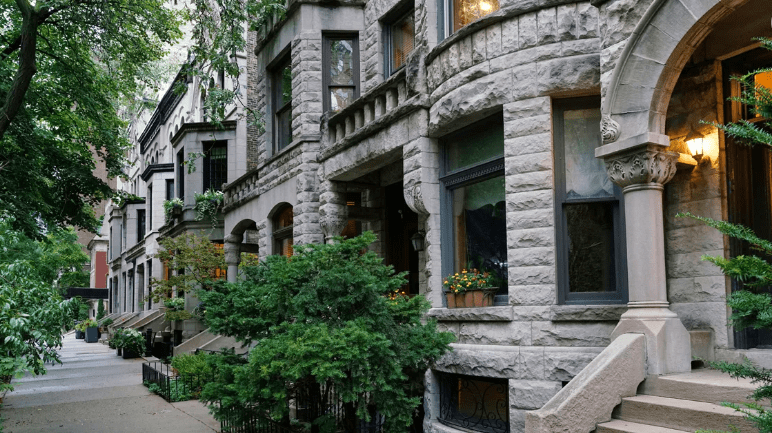
The Timeless Allure of Chicago’s Greystones

One of the unique things about Chicago is the way in which predominant architectural styles lend a sense of order and character to certain neighborhoods. From bungalows to workers cottages to two-flats, specific building styles help to form a neighborhood’s identity and tell its story. One of the most prominent, stately and coveted building styles in the city is the Chicago greystone.
Named for the color of the Indiana Bedford limestone used in their construction, greystones first appeared in Chicago in the late 1800s as a sturdier and safer solution to the wood-frame structures that were devoured by the Great Chicago Fire of 1871. From 1890 to 1915, these buildings sprung up around the city, in an area now called the “greystone belt,” extending as far north as Chicago’s Andersonville and Lakeview neighborhoods, and as far south as Hyde Park and Woodlawn.
The design of a Chicago greystone is as functional as it is beautiful. The homes were built to accommodate a range of social classes, including mansions for the wealthy and two-, three- and four-flats for multiple families during the post-Fire housing shortage. Although density was a priority, the look of a single-family home was preferred, so the entry to greystone multi-flats was thoughtfully designed with a single front door and interior stairwells leading to each unit.
Most greystones share a similar footprint. The homes are long and narrow, to fit on the city’s standard 25’- by 100’-foot lots, and the sides and back usually transition from stone to more inexpensive brick. Typically, they feature steps going up to a front porch on one side of the home, with a wide set of windows on the other. Kitchens are located in the back, a feature that was originally designed to allow for easy access to hanging laundry and household deliveries.
The Historic Chicago Greystone Initiative (HCGI), which raises awareness of greystones and assists homeowners in maintaining them, estimates there are 30,000 of these homes remaining in the city. North Lawndale is considered the epicenter of Chicago’s greystones, with more than 1,700 still standing, according to HGCI. Another prominent concentration of greystones can be found in the Logan Square Boulevards District.
Chicago greystones are as popular today as they were more than a century ago. Many of them have been carefully updated without compromising their distinctive architectural features. If you are looking to own a piece of Chicago history, consider these three examples, currently listed by @properties Christie’s International Real Estate.
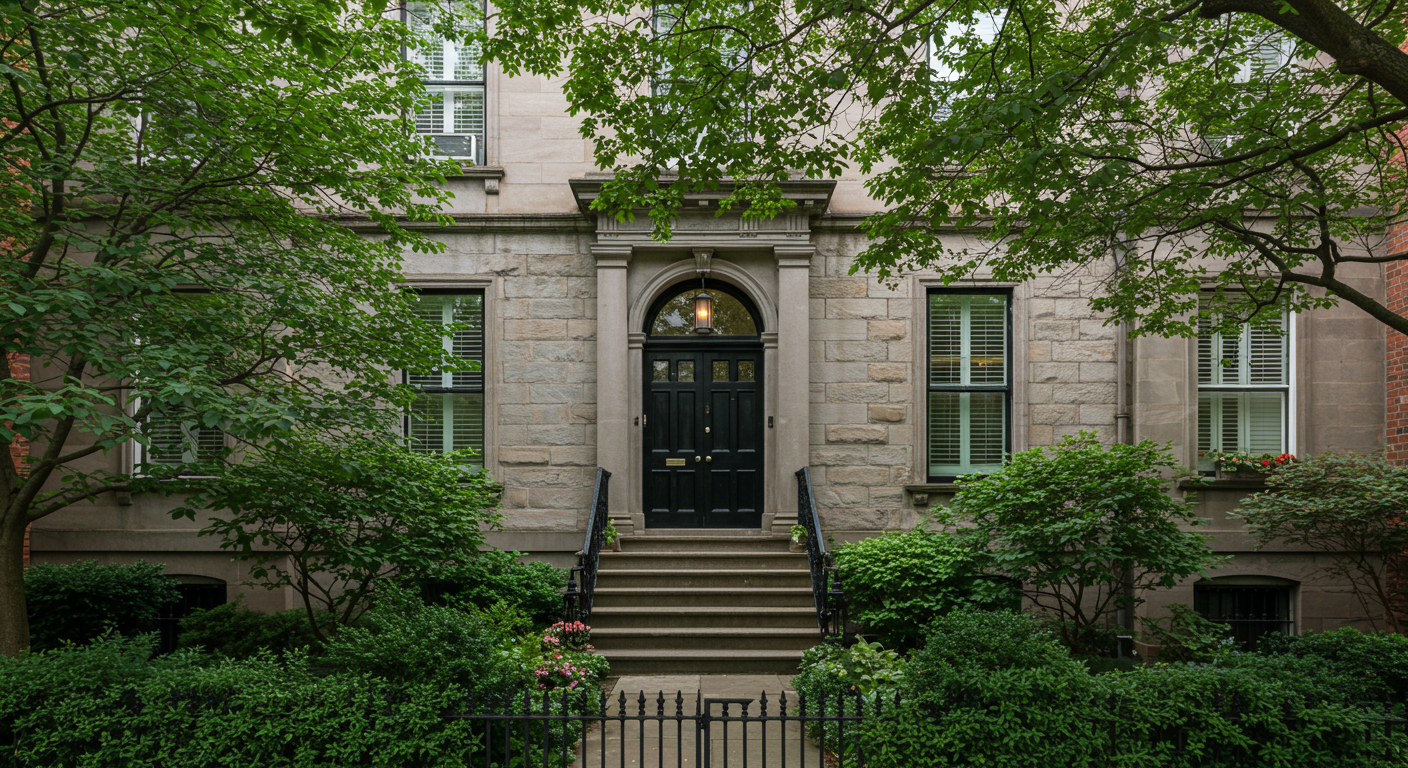
Situated in the heart of East Lincoln Park, this classic updated 5-bedroom, 4.5-bath greystone showcases thoughtful design that is both beautiful and cozy. The home’s striking limestone façade provides a welcoming entrance, while tall ceilings and oversized windows offer an abundance of natural light. Luxurious finishes can be found throughout the home, with a fireplace in the large living and dining spaces. A walk out roof deck, a brick paved patio and a garage deck offer amazing spaces for entertaining and soaking up the sun.
Built in 1905, this Lakeview greystone perfectly blends the old with the new, offering vintage charm with every modern amenity a homeowner could want. Renovated to perfection, the light-filled 5-bed, 6-bath home offers four levels of living space framed by stunning custom woodwork, including an intricate four-story staircase, built-ins, and pocket doors with original hardware throughout. Inside is a large chef’s kitchen, a lavish primary bedroom with a large en suite, library, home office, and a dumbwaiter that services all four floors. Set on an extra wide lot, the home features plenty of space for enjoying the outdoors.
This four-flat in the Logan Square neighborhood is an excellent opportunity for someone looking to own a piece of Chicago’s architectural legacy while bringing in additional income. Built in 1900, the greystone features historic detailing, high ceilings, hardwood flooring and intricate millwork, and is just steps from shopping, farmers markets, restaurants and pubs.
To learn more about Chicago greystones, visit the Historic Chicago Greystone Initiative.


One of the unique things about Chicago is the way in which predominant architectural styles lend a sense of order and character to certain neighborhoods.
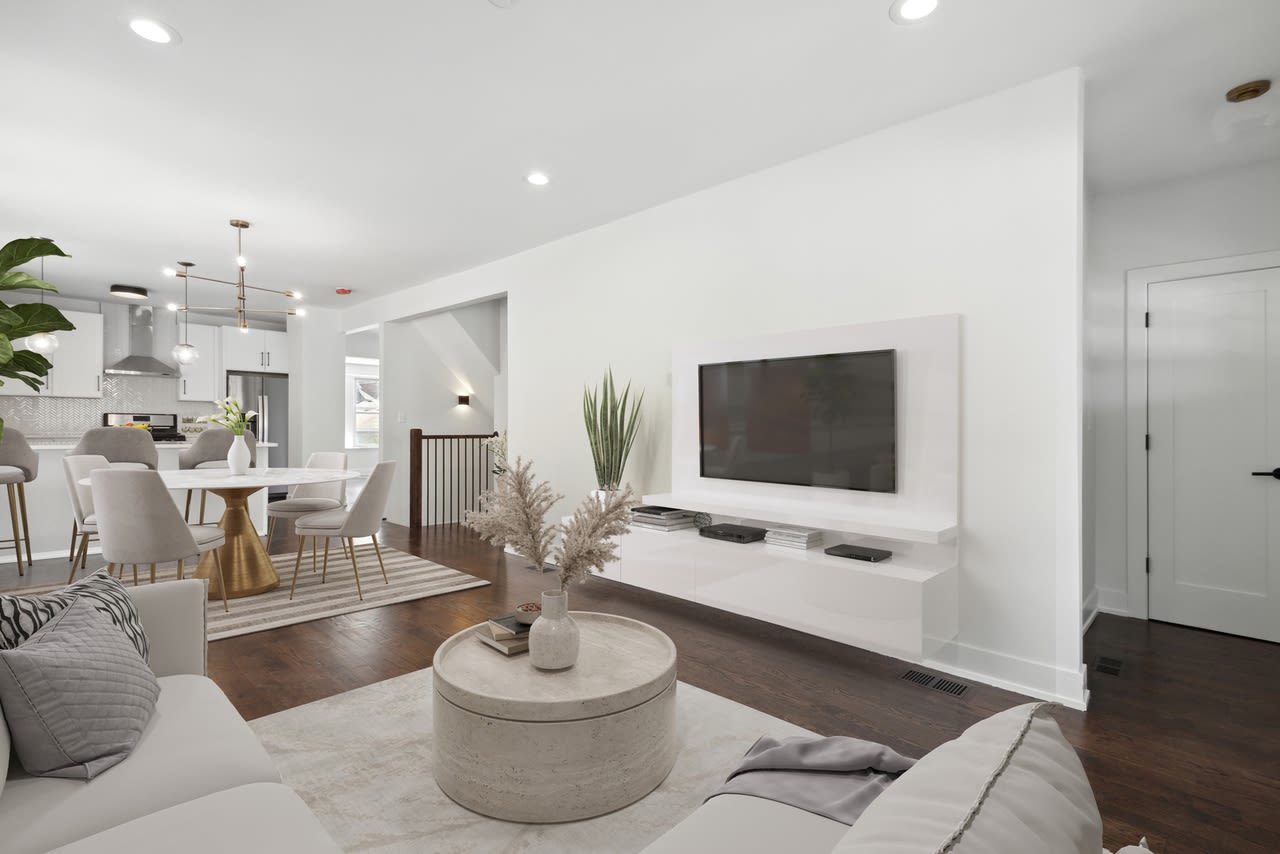
Choosing the perfect white paint color for your home
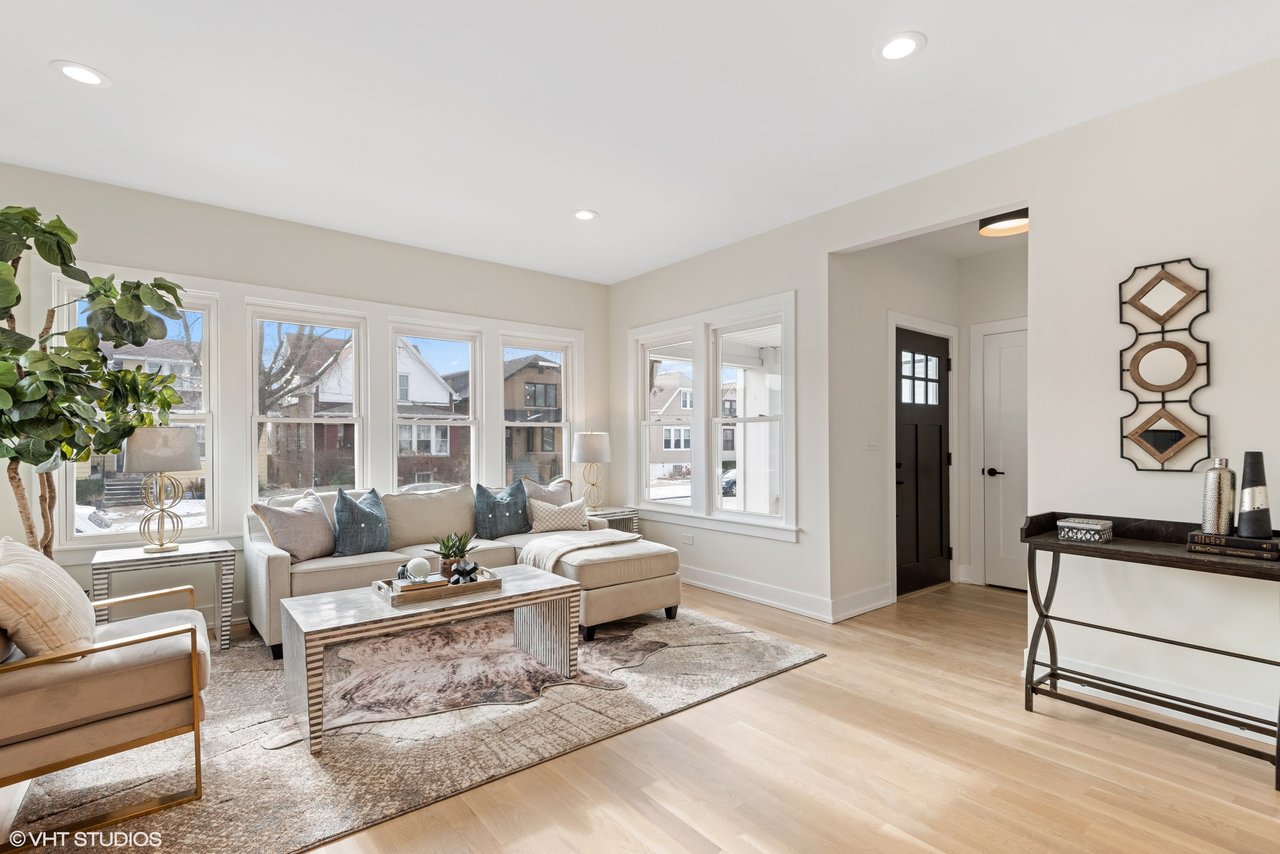
Appraisals are just one of the complexities that buyers and sellers must consider.
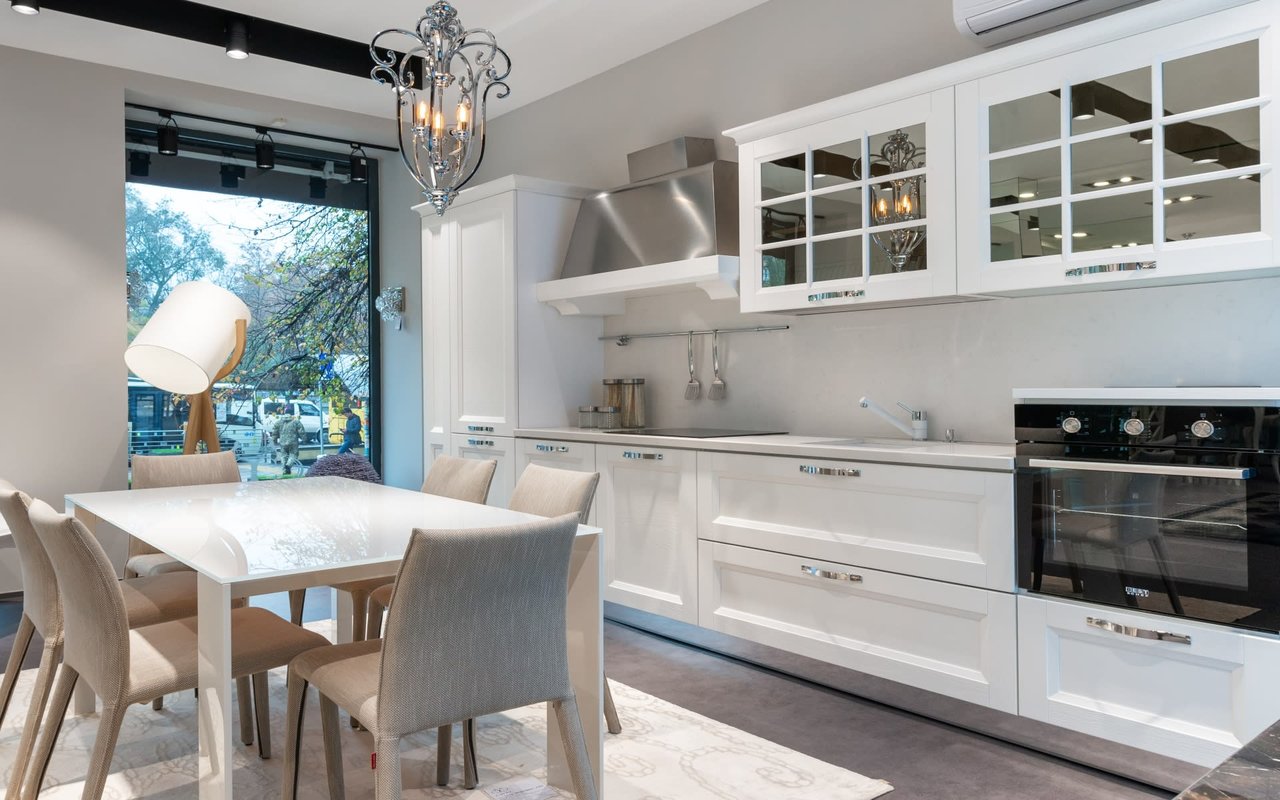
In a competitive market, you might find yourself in a multiple-offer situation.
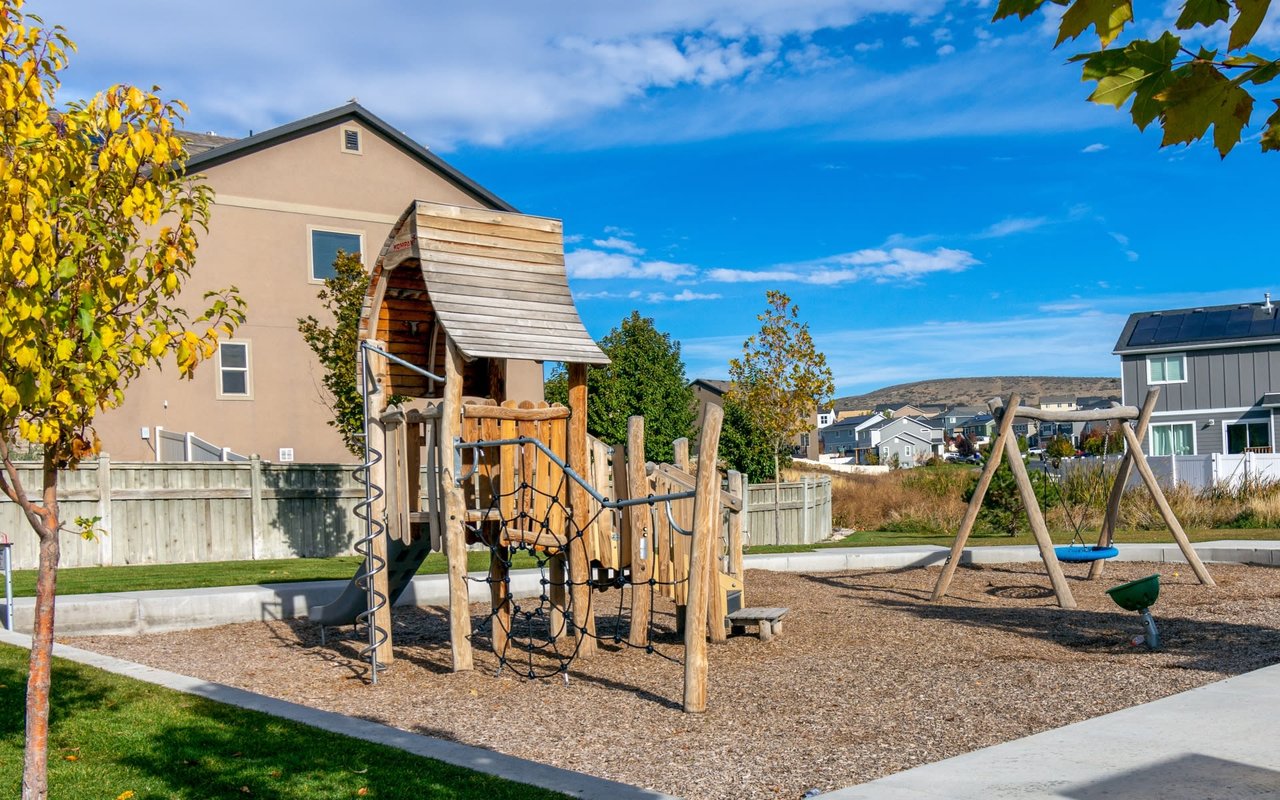
Many of them offer an environment one would expect of a typical Midwestern suburb.
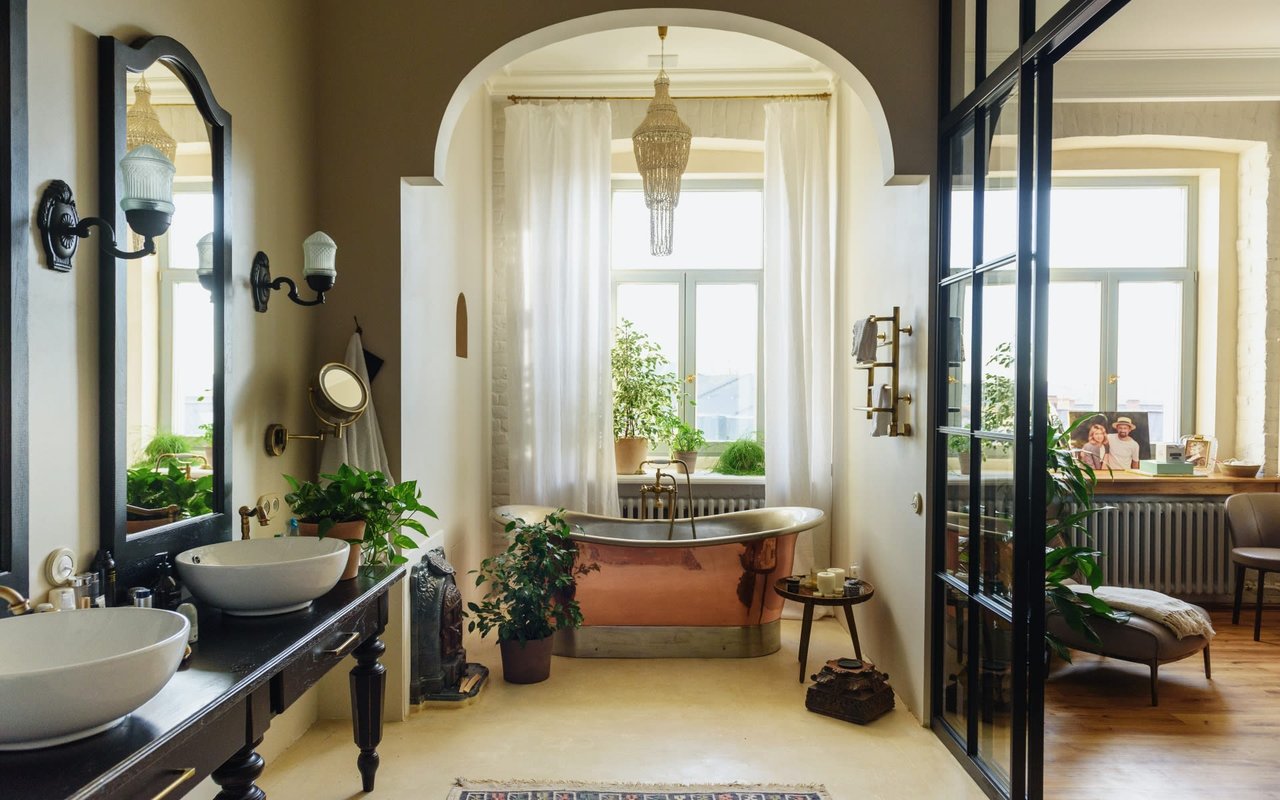
Homebuyers start to think about expanding their real estate portfolio.
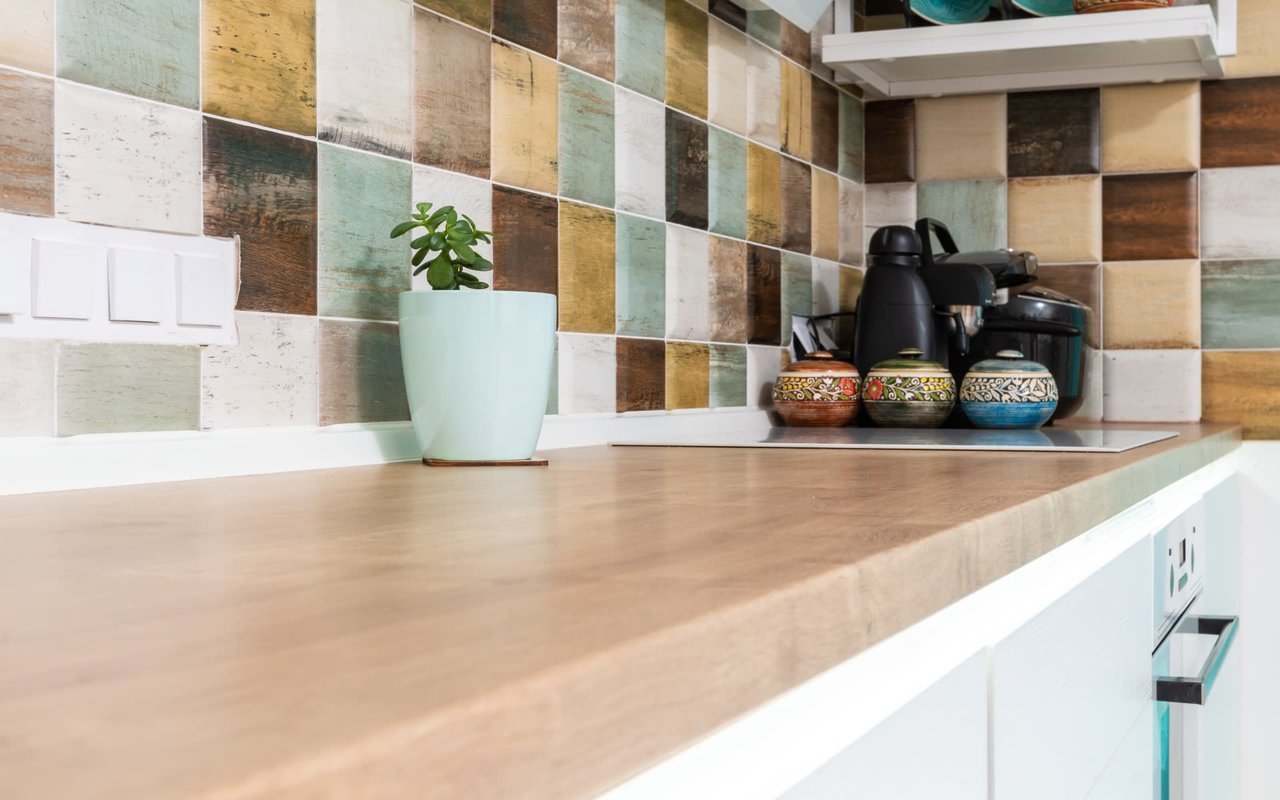
Whether you’re buying or selling a home, there are a number of important tasks to perform.
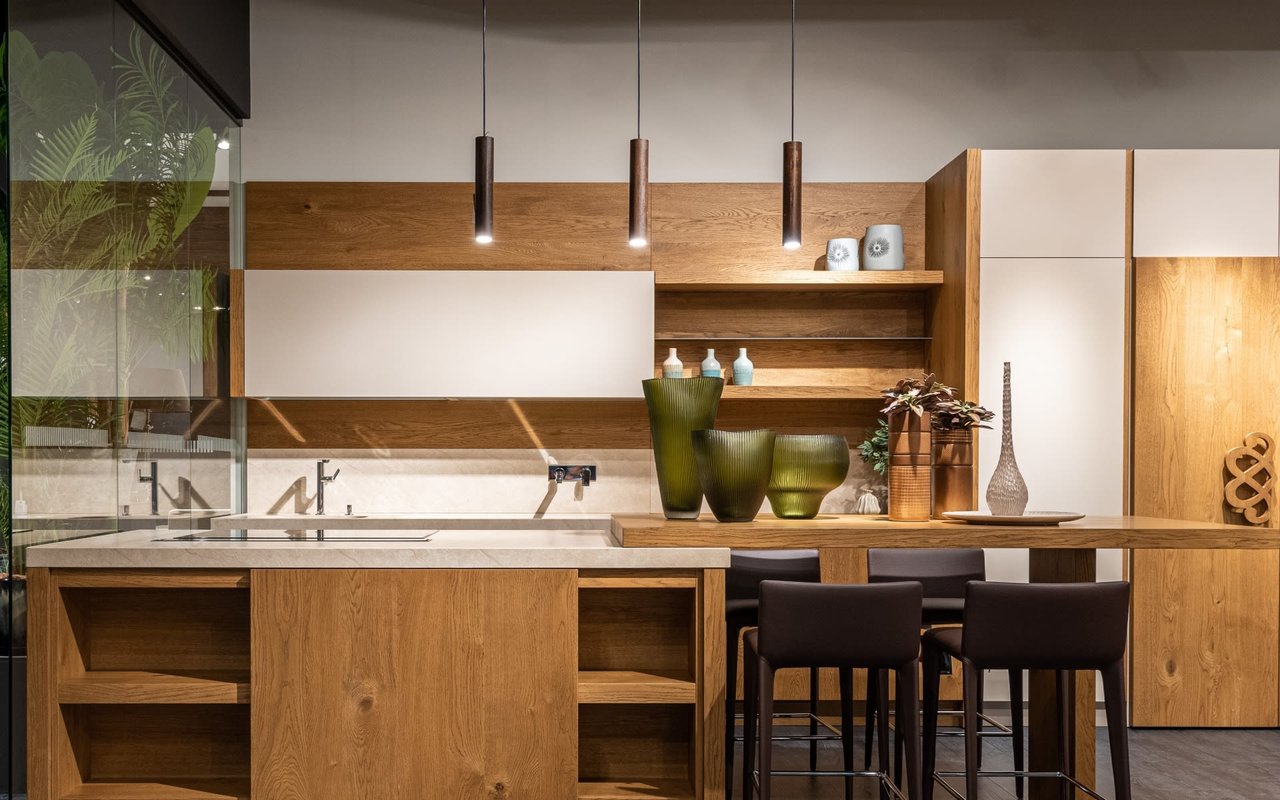
There are plenty of small home improvement tasks that can be accomplished in a single weekend.
Her clients and friends consider Stephanie as a go-to resource for anything in Chicago, from real estate services, to home decor, and trending restaurants. She looks forward to being a resource for you in your home-buying journey. Contact her today!